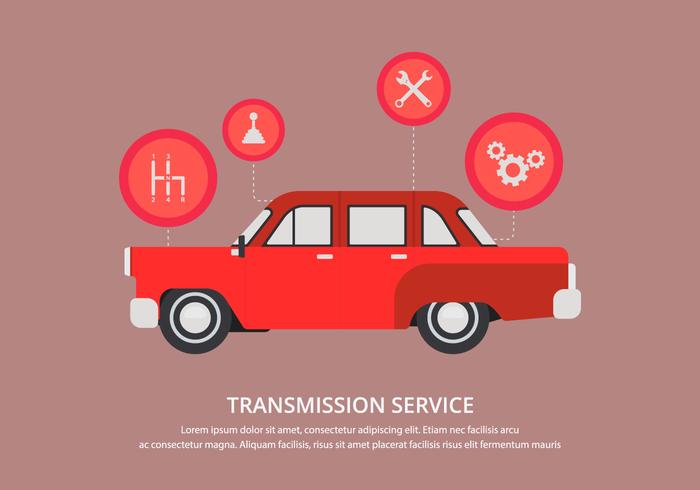Recognizing Your Auto'S Caution Lights: What Do They Really Mean?
Recognizing Your Auto'S Caution Lights: What Do They Really Mean?
Blog Article
Article By-Lim Dalgaard
When you're behind the wheel, those radiant caution lights on your dashboard can be a bit puzzling. Do you know what they're trying to tell you concerning your auto's health and wellness? Comprehending carvaletbotany of these lights is vital for your safety and the long life of your car. So, the next time one of those lights appears, wouldn't you wish to analyze its message precisely and take the required actions to resolve it?
Common Warning Lighting and Interpretations
Recognize typical caution lights in your car and recognize their definitions to ensure secure driving.
One of the most regular warning lights include the check engine light, which signals issues with the engine or emissions system. If this light begins, it's vital to have your automobile inspected quickly.
The oil stress cautioning light shows reduced oil stress, requiring instant focus to stop engine damages.
A flashing battery light may recommend a damaged charging system, possibly leaving you stranded otherwise addressed.
The tire pressure surveillance system (TPMS) light informs you to reduced tire stress, impacting automobile security and gas effectiveness. Disregarding this could lead to hazardous driving problems.
The abdominal light suggests a trouble with the anti-lock stopping system, compromising your capability to stop rapidly in emergencies.
Lastly, the coolant temperature level alerting light warns of engine getting too hot, which can lead to severe damage otherwise settled quickly.
Understanding these typical caution lights will help you resolve concerns without delay and preserve safe driving problems.
Value of Prompt Focus
Recognizing the usual caution lights in your auto is only the primary step; the importance of without delay resolving these cautions can not be highlighted sufficient to guarantee your safety when traveling.
When a warning light brightens on your dashboard, it's your vehicle's method of communicating a possible problem that requires attention. Ignoring these warnings can result in much more serious issues in the future, compromising your safety and security and potentially costing you extra out of commission.
view website to alerting lights can prevent failures and accidents. For example, a blinking check engine light might show a misfire that, if left unattended, might create damage to the catalytic converter. Addressing this immediately can conserve you from a pricey repair service.
In a similar way, a brake system cautioning light may indicate low brake fluid or worn brake pads, critical parts for your security when driving.
DIY Troubleshooting Tips
If you observe a caution light on your control panel, there are a few DIY troubleshooting ideas you can attempt before seeking professional help.
The first step is to consult your auto's guidebook to understand what the certain caution light suggests. Occasionally the issue can be as straightforward as a loosened gas cap triggering the check engine light. Tightening the gas cap may solve the trouble.
An additional common problem is a low battery, which can trigger different alerting lights. Checking the battery links for corrosion and ensuring they're safe and secure could repair the problem.
If a warning light persists, you can try resetting it by detaching the car's battery for a couple of mins and after that reconnecting it. In addition, inspecting your automobile's liquid levels, such as oil, coolant, and brake liquid, can help repair warning lights related to these systems.
Final thought
To conclude, comprehending your automobile's warning lights is important for maintaining your car running smoothly and securely. By without delay addressing these notifies and knowing what they suggest, you can prevent costly repairs and potential failures.
Remember to consult your automobile's handbook for specific details on each alerting light and do something about it as necessary to make sure a hassle-free driving experience.
Remain informed, remain safe when driving!
